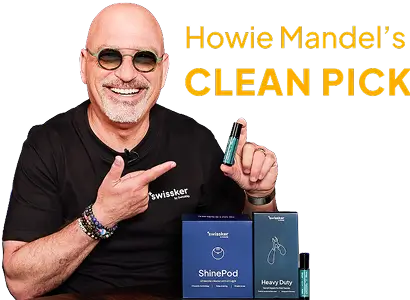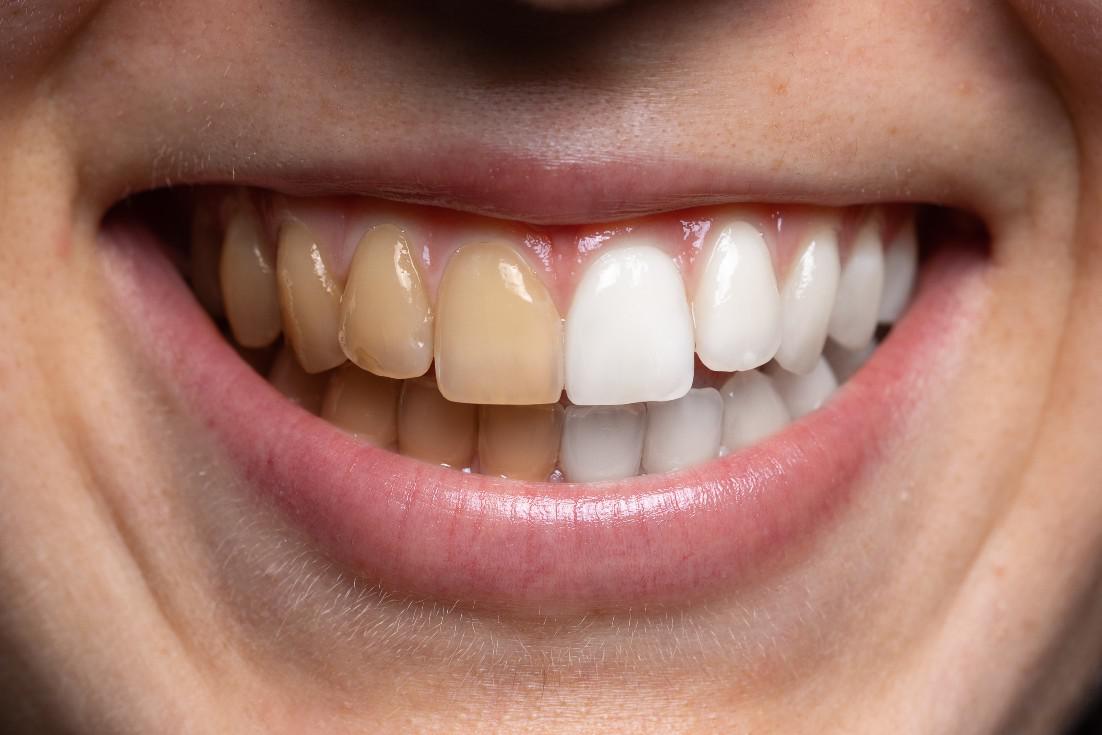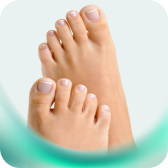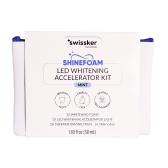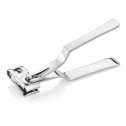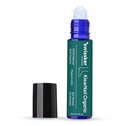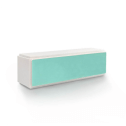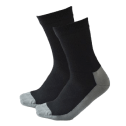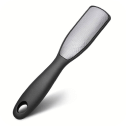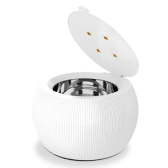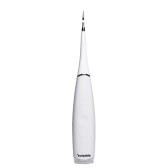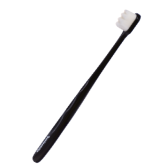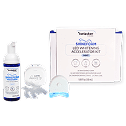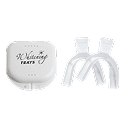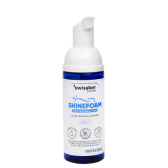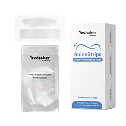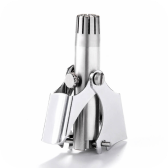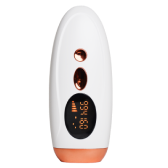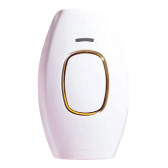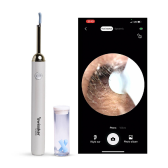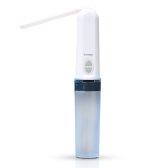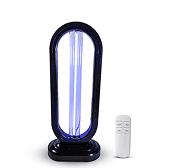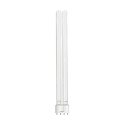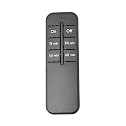If you covet a white, bright smile, you’re not alone. Having white teeth has become an important part of beauty regimes across the world. But everyday food, drink, and activities can tarnish your teeth, leaving you with a yellow or brown-hued smile. Therefore, whitening products and stain removal techniques have seen a boom in popularity to get teeth back to white.
With Swissklip’s range of oral care products, you can help your smile get back to its former glory and keep teeth healthy.
Types of Teeth Stains

The first step to stain-removal on your teeth is understanding what kind of staining you have. There are 2 types of tooth stains – extrinsic and intrinsic. One type can be removed as it only affects the outer layer of enamel while the other affects the internal part of your tooth and might not be as easy to get rid of.
Extrinsic stains:
Extrinsic stains are stains that appear on the surface of your tooth enamel. It can occur due to eating certain foods, drinking certain beverages and can be caused by smoking as well. Because the staining is only surface level, it can be easier to remove these types of stains than intrinsic ones.
Intrinsic stains:
Intrinsic staining happens on the inside of your tooth and is more difficult to remove. They can happen when factors like health conditions, medications and trauma affect the dentin in your tooth – the soft layer beneath the enamel.
Causes of Teeth Stains
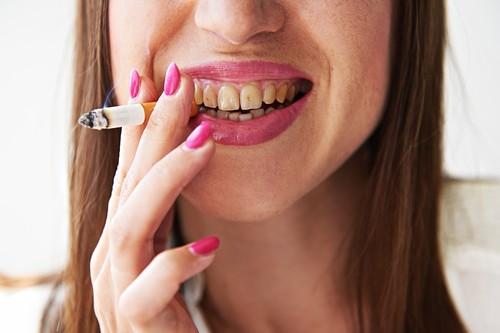
There are a few different reasons why your teeth may become stained.
- Food and drinks that stain teeth – Many everyday foods and beverages can leave your teeth stained or leave more vulnerable to staining from other things. Coffee, red wine, tomato sauce and berries are all big teeth stainers.
- Tobacco use – smoking and chewing tobacco can leave your teeth looking yellow or brown and discolored.
- Poor dental hygiene – your dentist tells you to floss for a reason. Not cleaning and flossing your teeth properly can lead to discoloration.
- Medications – certain medications can leave your teeth looking discolored.
- Trauma – damage to your teeth can discolor the dentin inside your tooth, leaving it looking brown or gray.
- Age – as we age, the keratin in our teeth and nails can become yellow or discolored as a natural part of the aging process.
Home Remedies to Remove Teeth Stains
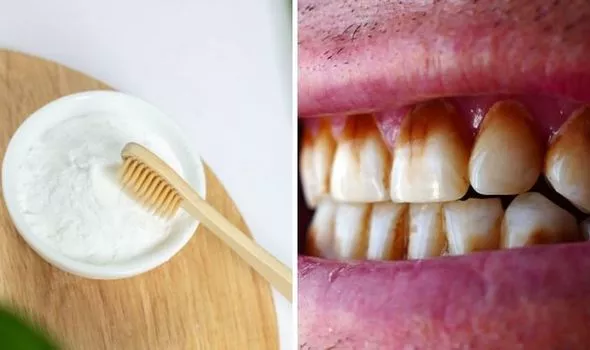
Many home remedies to whiten teeth have become popular in recent years. The effectiveness of some of these methods might be up for debate and can also run the risk of you developing tooth sensitivity so make sure you speak to your dentist before trying them.
Baking Soda and Hydrogen Peroxide
Hydrogen peroxide is a natural bleaching agent as is used in a lot of tooth-whitening products. Baking soda is an abrasive and is often found in toothpaste to help scrub plaque and food from your teeth. Mixing one spoon of hydrogen peroxide and three spoons of baking soda into a paste and gently brushing once a day can help to remove stains although be careful not to use hydrogen peroxide that’s stronger than 3%.
Oil Pulling
While oil pulling does not actively whiten teeth, it can help remove harmful bacteria from your mouth which can cause cavities and break down plaque.
It’s very simple to oil pull, simply take 1 tbsp (15ml) of coconut oil in your mouth and swish around for 15-20 minutes before spitting it out and brushing your teeth as normal.
Toothpaste Gel – Natural Fluoride-Free
Using a natural toothpaste like Swissklip’s Toothpaste Gel helps to clean your teeth naturally and without fluoride. The ingredients like bicarbonate of soda (also known as baking soda) act like a natural abrasive, gently scrubbing plaque and stains from your teeth.
Teeth Whitening Foam
For an easy-to-use convenient way to whiten teeth, Swissklip’s Teeth Whitening Foam is ideal. This toothpaste foam cleans your teeth and freshens your breath while the active ingredient, hydrogen peroxide, helps to whiten your teeth. And helps to reduce stains after just a week of daily use.
At-home whitening kits
There is a wide range of tooth whitening products and kits available on the market such as strips, pens, and trays. Many of these products use ingredients that are stronger than those we’ve mentioned previously and are convenient options for a quick “fix”. It’s recommended that you speak to your dentist before using these products to make sure they’re suitable for your teeth.
Professional Treatments to Remove Teeth Stains
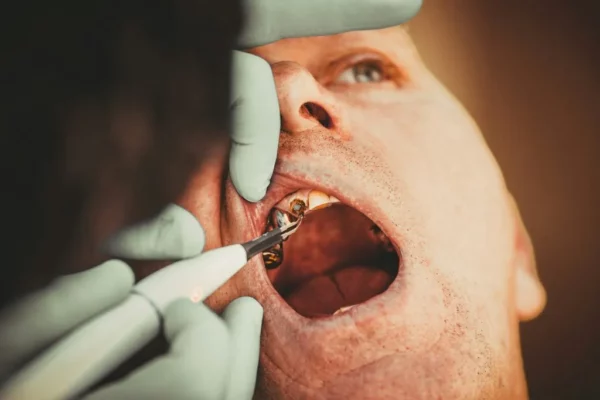
If you’ve tried at-home whitening options but they won’t budge, you have other options to help remove tooth staining.
In-Office Teeth Whitening
One whitening option is in-office whitening. This professional procedure can help to remove deep stains from your teeth using stronger products than you can use at home and even technology such as laser whitening to give you quick and dramatic results. However, while these options tend to yield the fastest results, these procedures can be quite expensive.
Dental Veneers
Veneers are thin porcelain shells that are placed over your teeth like a cover. The porcelain material is shaped and colored to match your natural teeth and gives your teeth a brighter, white appearance. One of the many benefits of dental veneers is that they can cover up stains, blemishes, and minor tooth injuries on the front of the teeth so might be a good option if you have very tough staining.
Laser Whitening
Laser teeth whitening is a bleaching procedure done in a dentist’s office. A bleaching gel is applied to your teeth before a laser is used which heats up the gel, activating its whitening properties and altering stains on the teeth. This method of teeth whitening usually takes between 30-60 minutes and leaves you with instant results although some people report some sensitivity for up to 24 hours following the procedure.
Preventing Future Stains
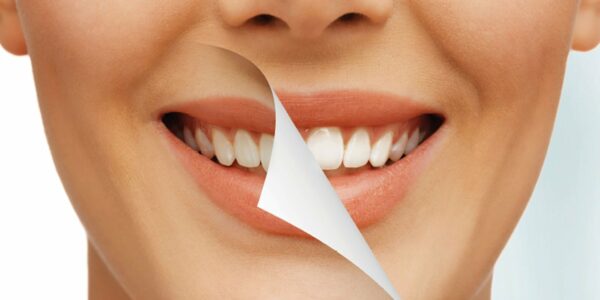
Prevention is key when it comes to teeth stains. Ensuring you’re doing everything you can to avoid staining your teeth in the first place means you don’t have to worry about trying to remove them in the future.
Maintain Good Oral Hygiene
Brush and floss your teeth twice a day. Doing so removes food and drink that might stain your teeth and keeps you breath fresh (and added bonus). Use a whitening toothpaste and mouthwash to keep your smile pearly white.
Dietary Changes
Making changes to your diet can help reduce staining as well. Reduce the amounts of food and drinks that have the potential to stain and try some alternatives such as swapping tomato-based pasta sauces for white-based sauces and drinking less coffee.
Quit Tobacco Use
Beyond the health repercussions of regular tobacco use, smoking and chewing tobacco can leave you with discolored teeth. Reducing or giving up can help to prevent further staining and will be better for your health overall.
Regular Dental Checkups
Getting regular dental checkups and cleanings will help to keep staining at bay and keep an eye on the health of your teeth so you can keep smiling confidently.
Conclusion
Stained, yellowed or discolored teeth can be a source of embarrassment or shame for many people. Thankfully, many stains are easy to treat with some home remedies and dental treatments and easy to prevent with some lifestyle or dietary changes. Checkout Swissklip’s range of oral care products to help keep your pearly whites shining bright.
